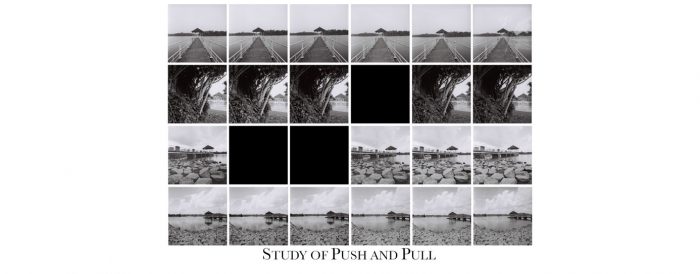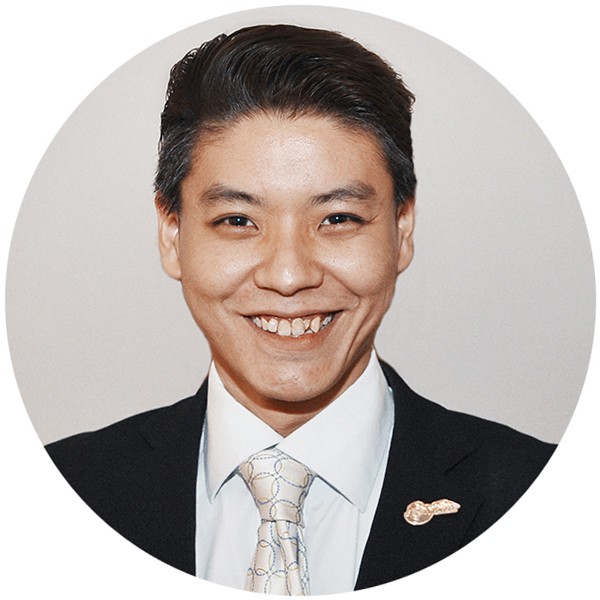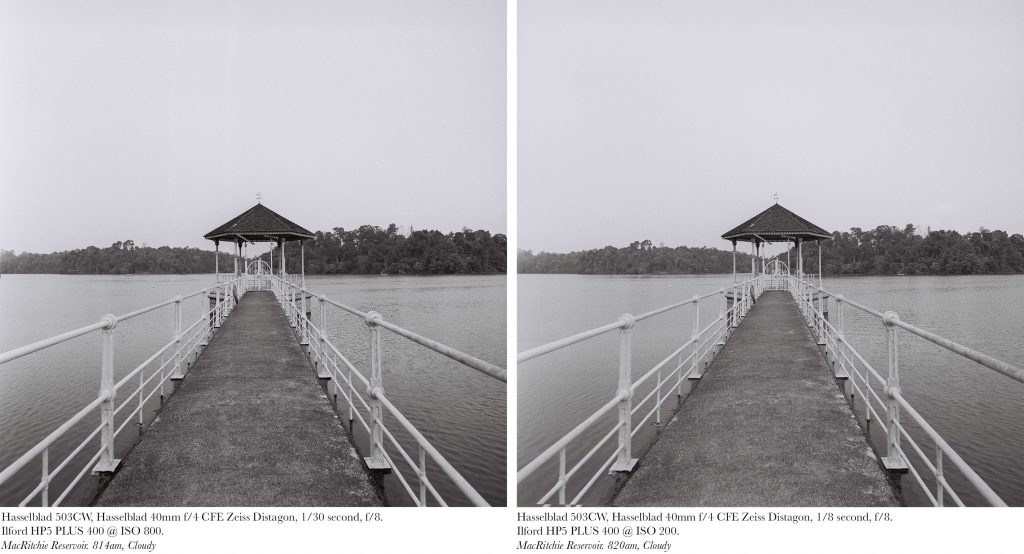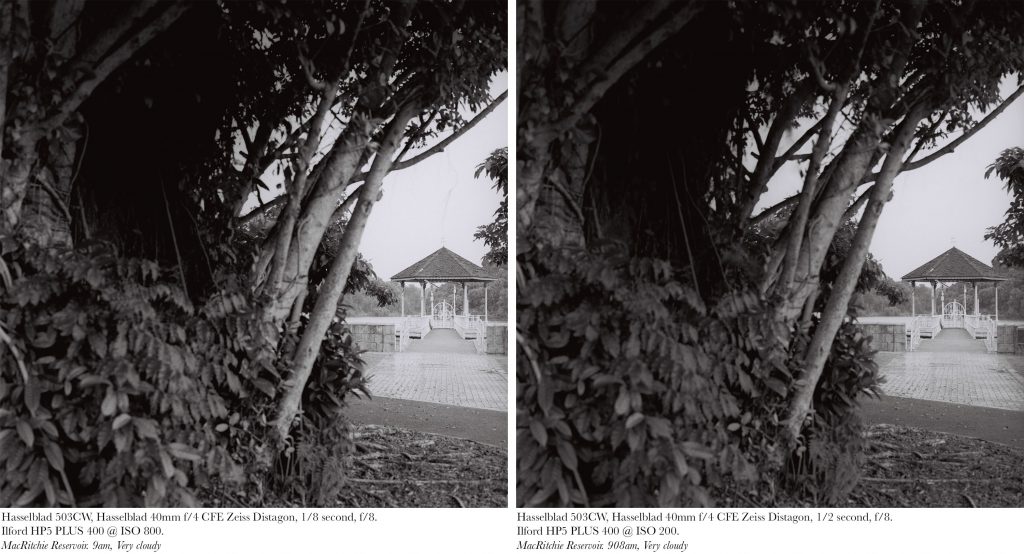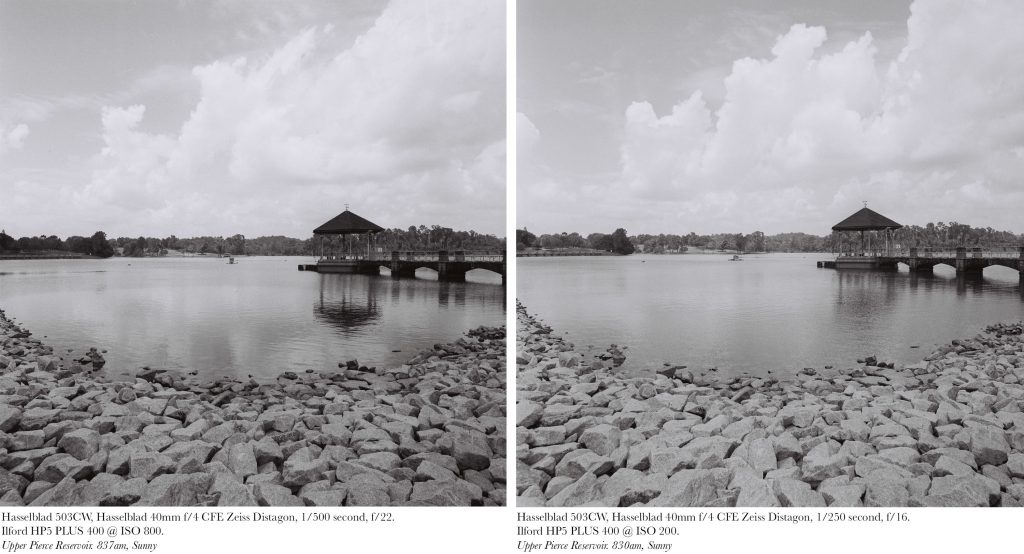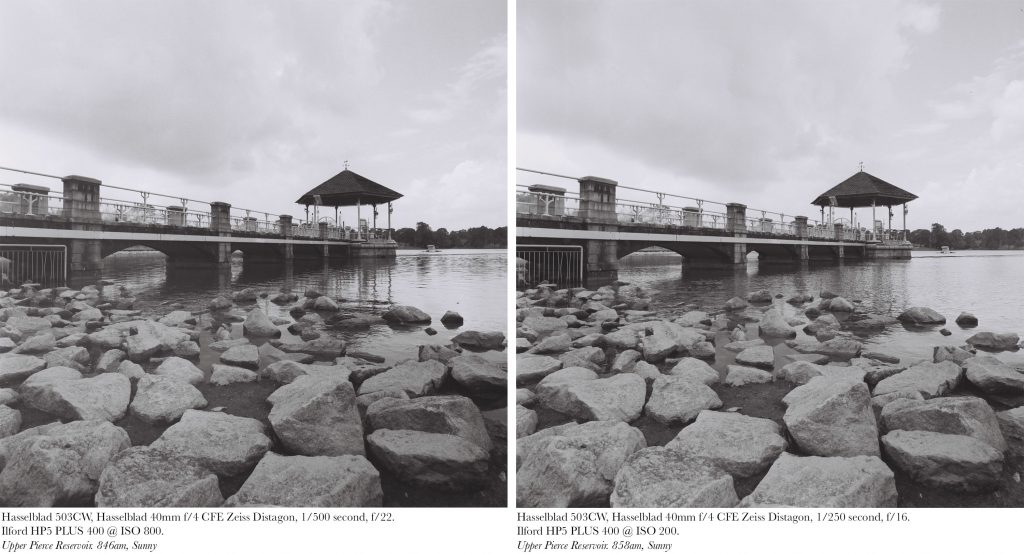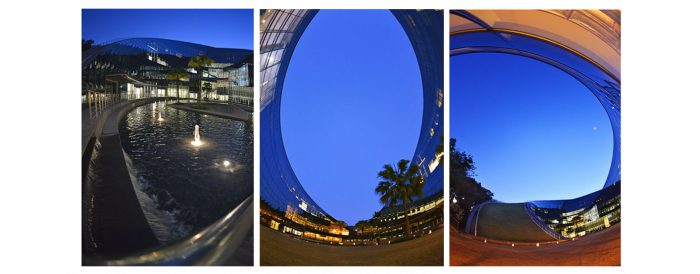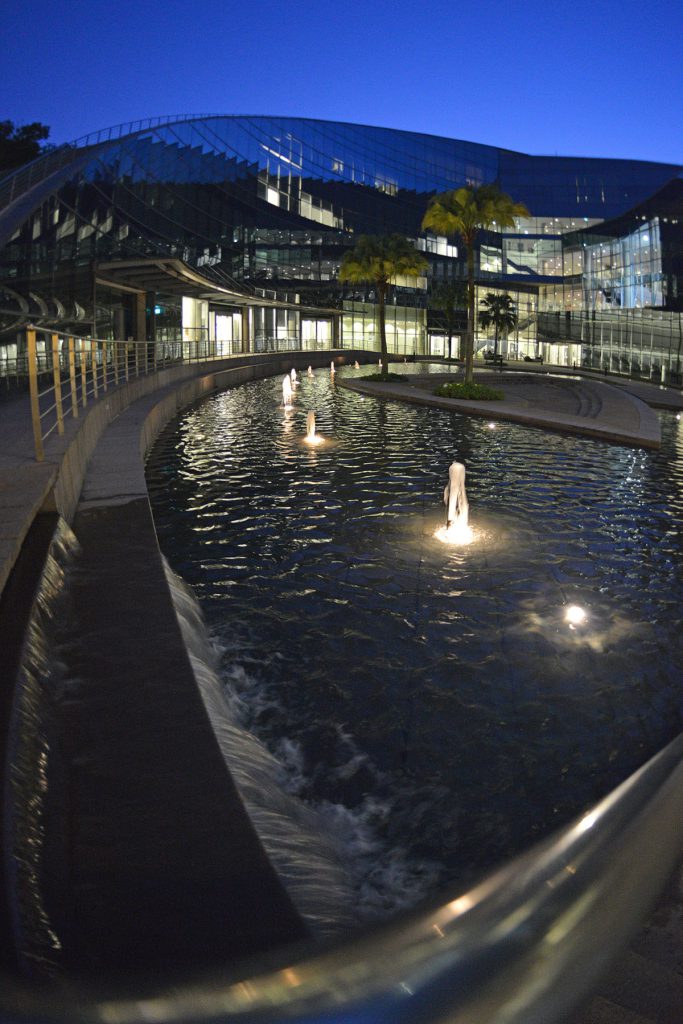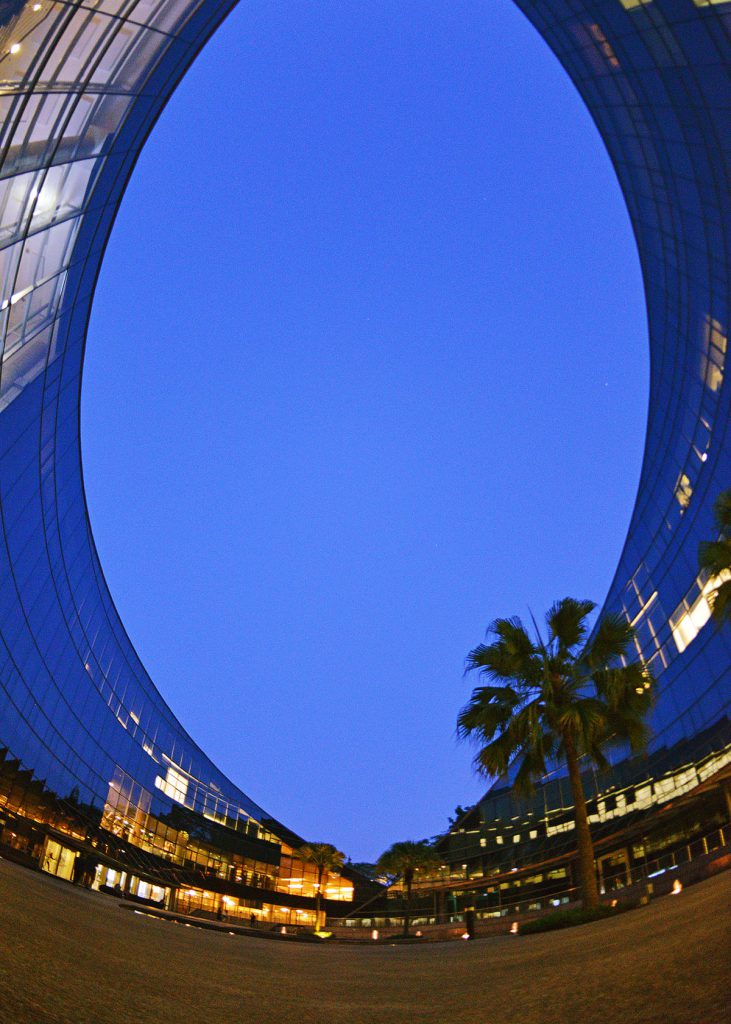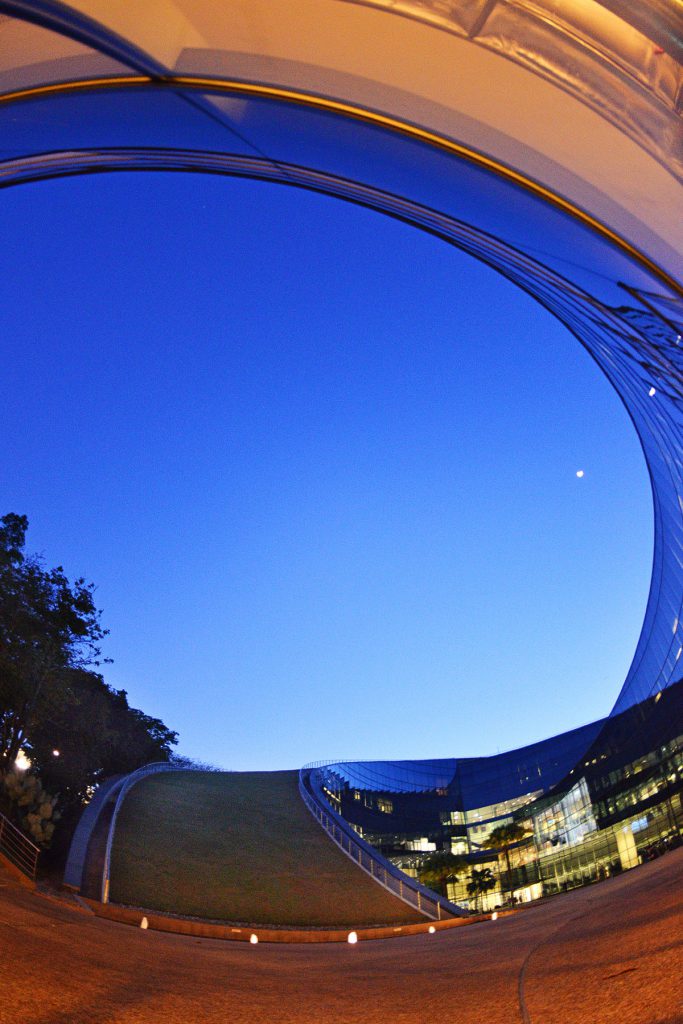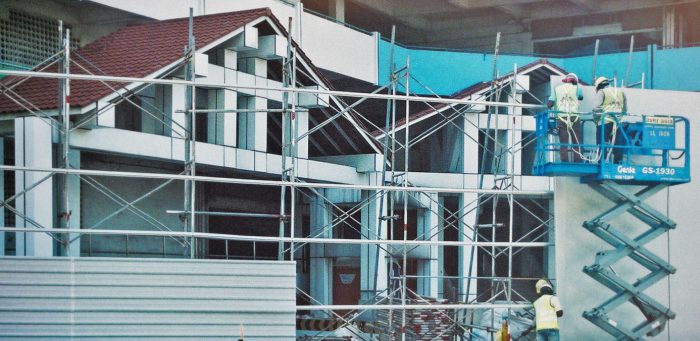
Addressing issues of current affairs through the medium and dialogue of art have always been a driving force to my practice. For this project, I look into the Singapore’s urban landscape and it’s ever-changing fabric. Land reclamation, deforestation, demolition & erection of buildings, they are often motivated by political and economic reasons – but who exactly have the last say to such decisions and how do different groups of people view such movements? Do they see/ feel anger, love, sadness, happiness or simply being indifferent when issues are out of their area of interest/ concerns?
I have also taken this opportunity to further explore on various artistic methodology. Which I might say – a constant exploration, deconstruction and reconstruction in the study of fine art aesthetics, is my style. Perspective, then, has become a key element to this research pertaining to my interest (ways of seeing) and style (seeing through lens).
Paul Cézanne (1839 – 1906) is considered by many art historians, a revolutionary painter in the Post-Impressionism period. Quoting Rod Bantjes, ‘“Perspectives bâtardes”: Stereoscopy, Cézanne, and the Metapictoral Logic of Spatial Construction’, History of Photography.
Cézanne’s desire to capture the truth of perception led him to explore binocular vision graphically, rendering slightly different, yet simultaneous visual perceptions of the same phenomena to provide the viewer with an aesthetic experience of depth different from those of earlier ideals of perspective, in particular single-point perspective. His interest in new ways of modelling space and volume derived from the stereoscopy obsession of his era and from reading Hippolyte Taine’s Berkelean theory of spatial perception.
In short, Cézanne employed the idea of multiple perspectives into his body of work in the later part of his life, painting different objects in different perspectives onto a canvas which led the viewers to see different angles in a single frame. The other painting that has also influenced me is Cézanne’s Mont Sainte-Victorie.
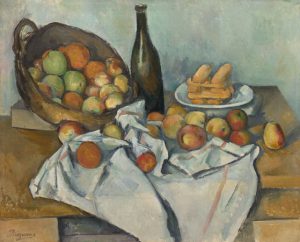
Paul Cézanne, The Basket of Apples, c. 1893, oil on canvas, 65 x 80 cm (Collection of Art Institute of Chicago)
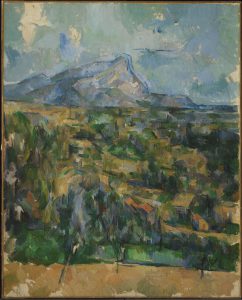
Paul Cézanne, Mont Sainte-Victorie, 1904-06, oil on canvas, 81 x 65 cm (Collection of Princeton University Art Museum)
Upon understanding his methodology through my course of research, I have attempted to carry out this idea of multiple perspectives into “the canvases of photography” with a few numbers of trial-and-error, and here is the result at this preliminary stage of exploration after consulting with our dear Prof. Elke.
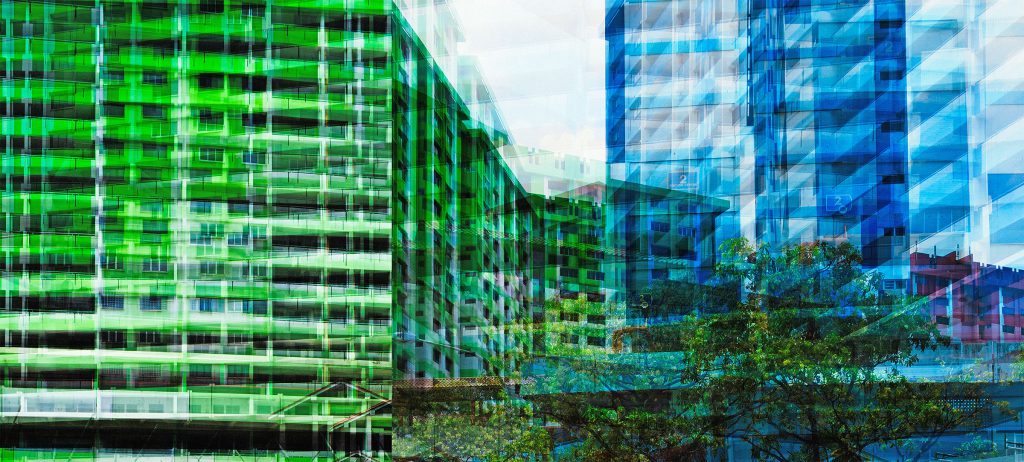
Nikon D800, Sigma 24-70mm f/2.8 EX DG HSM @ 24mm, shutter speed varies, f/16, ISO 200.
However, that does not constitute as my favourite image still, because I think I can further develop this idea of approach and offer much more to this particular location. The following image is one that I am more satisfied with, in terms of the overall end result with a touch of the good old composition rules, painterly quality and the perspective application in the classical work of art. How does this image and methodology relate back to my interest I have mentioned earlier? This, I will share with you in class.
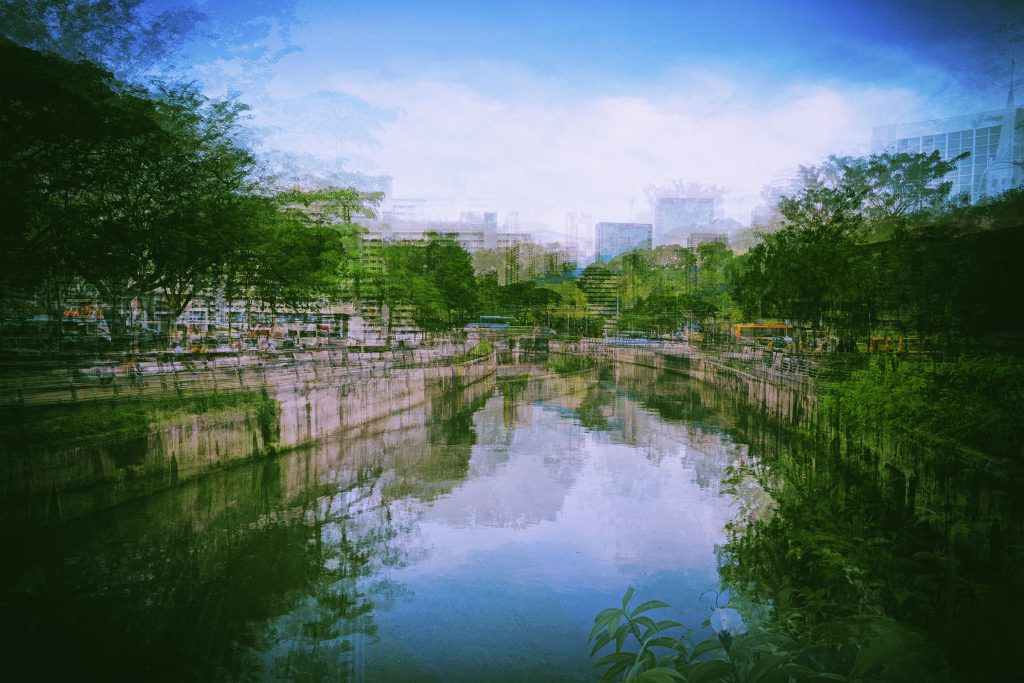
Nikon D800, Sigma 24-70mm f/2.8 EX DG HSM @ 24mm, 1/100 second, f/16, ISO 200.
Relevant artist references I have came across whilst doing my research are British artist, David Hockney and Germany-based photographer, Stephanie Jung.
